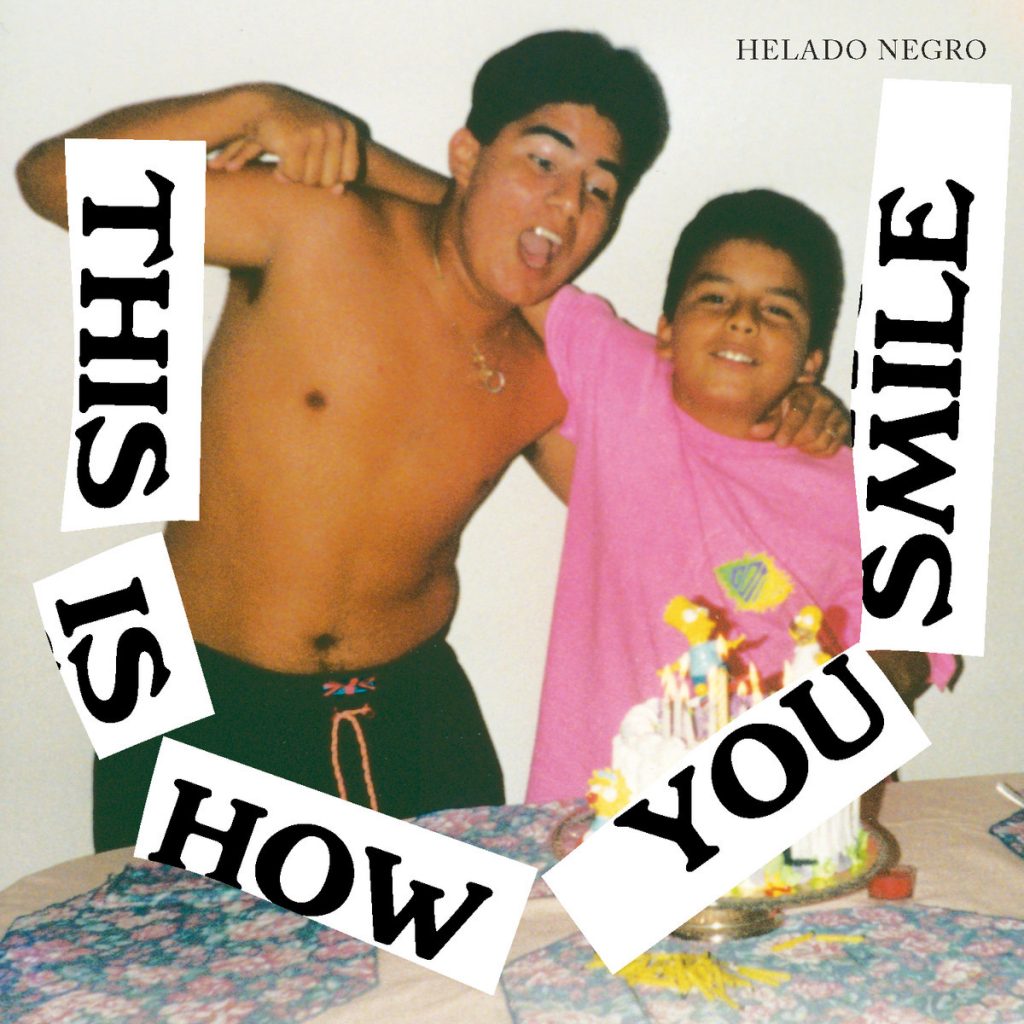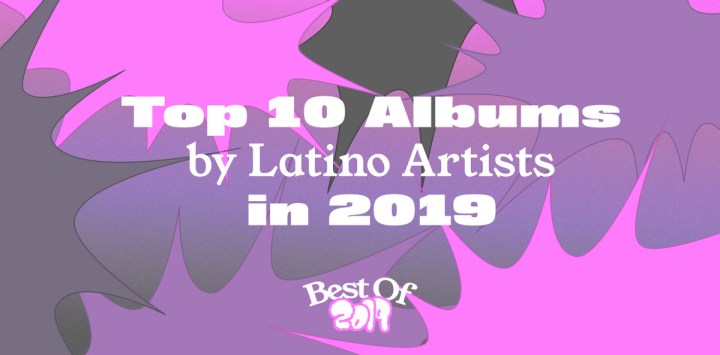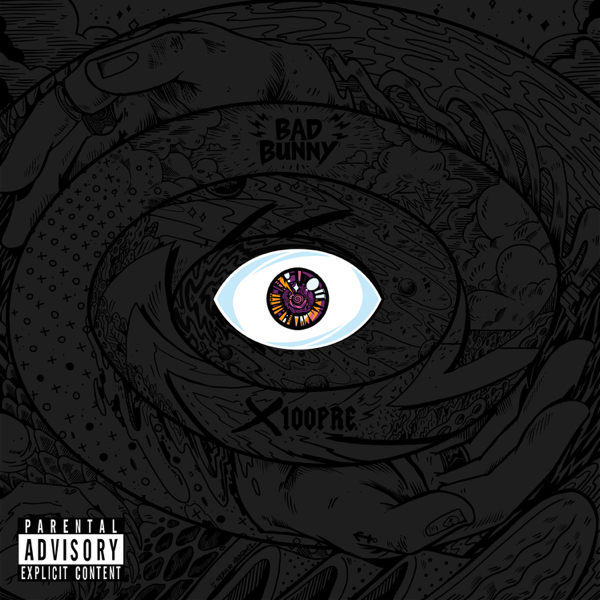1
'This Is How You Smile' by Helado Negro

In addition to being the most exquisite electronic effort of the year, Helado Negro’s This Is How You Smile was also among the most poignant. The album was a subtle meditation on healing, perseverance and renewal, inspired by Antiguan-American writer Jamaica Kincaid’s one-sentence short story, “Girl.” Like Kincaid, Helado Negro doled out quiet thoughts on surviving in a tumultuous era as a person of color, but his proposals were never overtly obvious or heavy-handed.
Instead, he buried his revelations into disarmingly beautiful soundscapes that glimmered with his intimate memories of splashing in Florida pools as a kid and seeing snow gather silently from his window in Brooklyn. These moments, tiny and loaded, powered Helado Negro and gave him strength. As he sings about them, it feels like he’s etching his name in cement to remind the world of the totality of himself and people like him. They’re even more moving in the context of a line from “Please Won’t Please,” easily one of the most heart-atomizing things he’s ever written: “Lifelong history shows/brown won’t go/brown just glows.” -Julyssa Lopez











